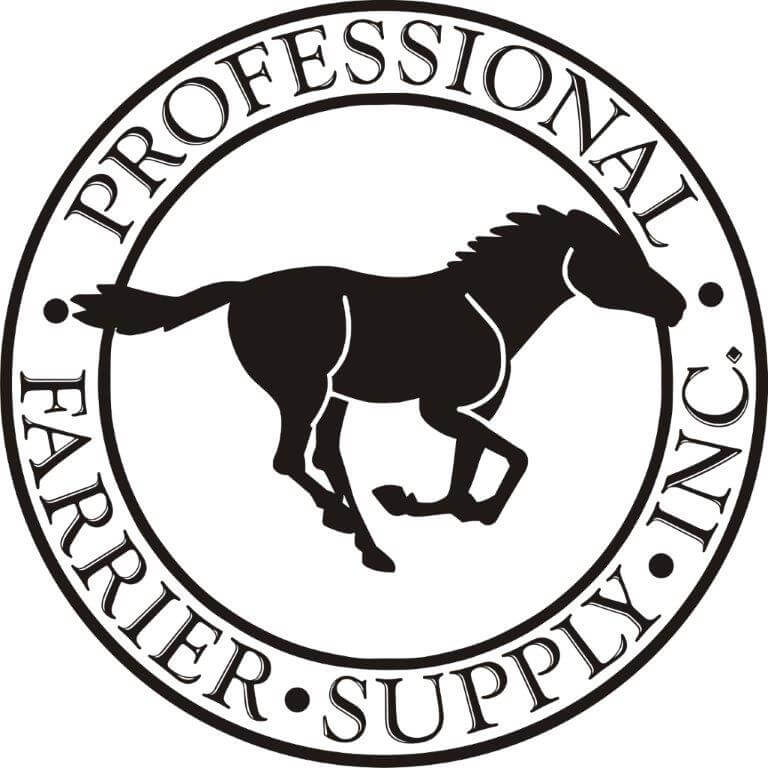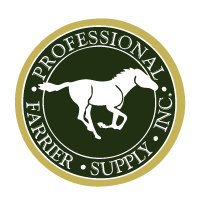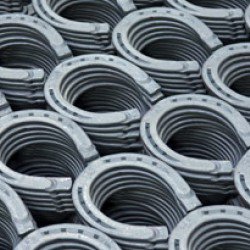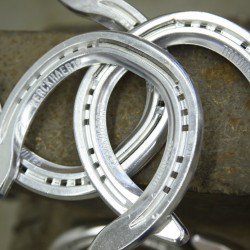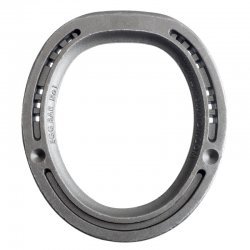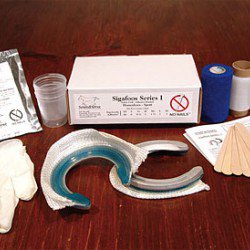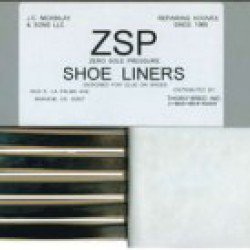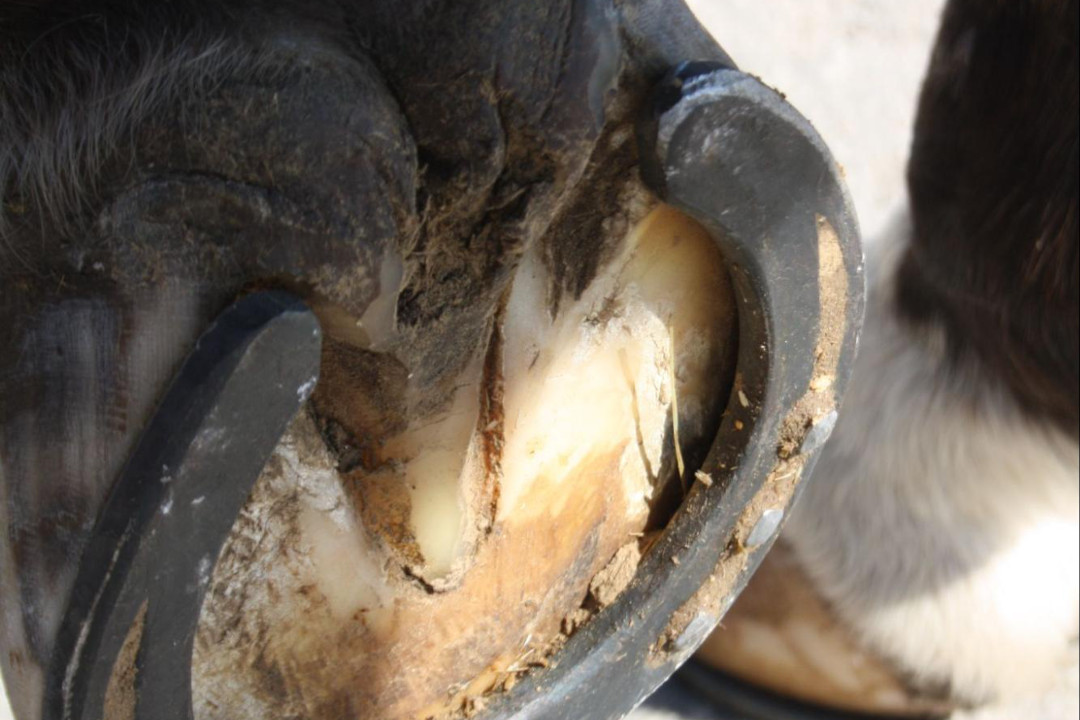
With winter just around the corner, many horse owners are faced with the annual question of whether or not they should shoe their horses for the coming colder months. Whether it's due to performance needs or physical conditions, ensuring you make a decision that’s best for your horse is what is most important, and consulting with your local farrier can make the decision an easier one.
But before you make the final call to shoe or not in the winter, remember that it ultimately comes down to a few factors unique to your horse and its environment. So let’s review 3 things to consider when deciding to shoe your horse for winter.
1. Environment
Where your horse lives and works makes a huge difference when deciding whether to shoe your horse or let it go barefoot. Horses that live on stony and hard terrain will do better if they’re shod, lowering the risk of going lame. Horses that live on soft, even ground, however, can go without shoes if they don’t require them for medical reasons.
2. Performance
Whether your horse works or is ridden consistently in the winter will determine whether you shoe it or let it go barefoot. Horses that need to work in snowy and icy conditions will need shoes to protect them from snow buildup while providing traction. Similarly, horses that are frequently ridden, including jumper and event horses, would benefit from being shod in the winter. Ultimately, you want your horse to be able to do its job to the best of its ability while protecting its hooves from the elements and damage.
3. Hoof Health
Regardless of weather conditions, some horses’ hooves benefit from being shod rather than going barefoot. Because some horses have weaker soles, those horses will require the extra support of a shoe, while others experiencing medical conditions like arthritis or laminitis will similarly need to remain shod throughout the winter.
What are your options?
For those who decide to shoe their horse for the winter months, there are a few additional things to be mindful of, particularly, ensuring there’s no snow buildup at the bottom of the horseshoe. Using snow pads will keep snow from building up and are a necessary addition for any horse going shod during the winter.
Shop Snow Pads
Additionally, the winter’s hard and icy ground conditions mean that traction can be an issue for shod horses. Horses that are wearing horseshoes throughout the winter will benefit from the traction provided by the addition of studs or borium.
Shop Traction Accessories
For extra protection for both shod and barefoot horses, owners may also want to consider hoof boots as an option. Hoof boots offer extra traction and protection on all terrains, including the frozen, hard ground we find during winter.
Shop Hoof Boots
Shop Professional Farrier Supply to find everything you need to protect your horse’s hooves in winter!
As a leading supplier of horseshoes, farrier tools and hoof care products for over 30 years, we at Professional Farrier Supply know what it takes to keep your horse comfortable and healthy throughout the winter. Contact us today or shop our online catalogue to find the trusted brands and supplies used by professional farriers across Canada!
Shop Now
